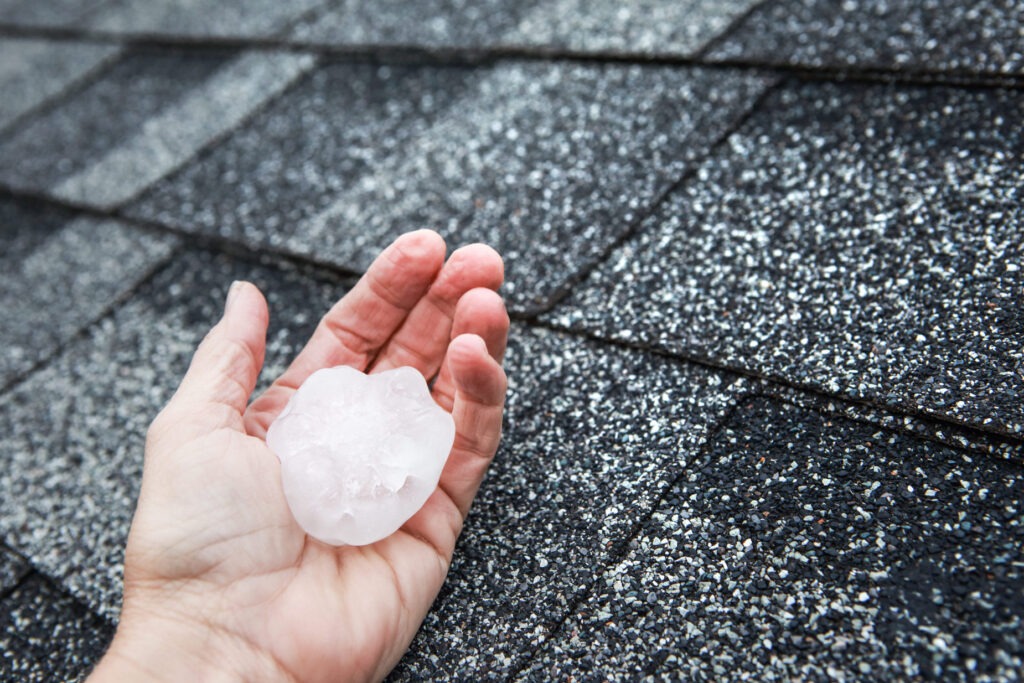Hailstorms pose a significant threat to homes in Houston, often causing extensive damage to roofs. Understanding the implications of hail damage is crucial for homeowners, not only to ensure the safety and integrity of their homes but also to file successful insurance claims. In this article, we’ll delve into the various aspects of managing hail roof damage, from recognizing signs of damage to navigating the insurance claim process.
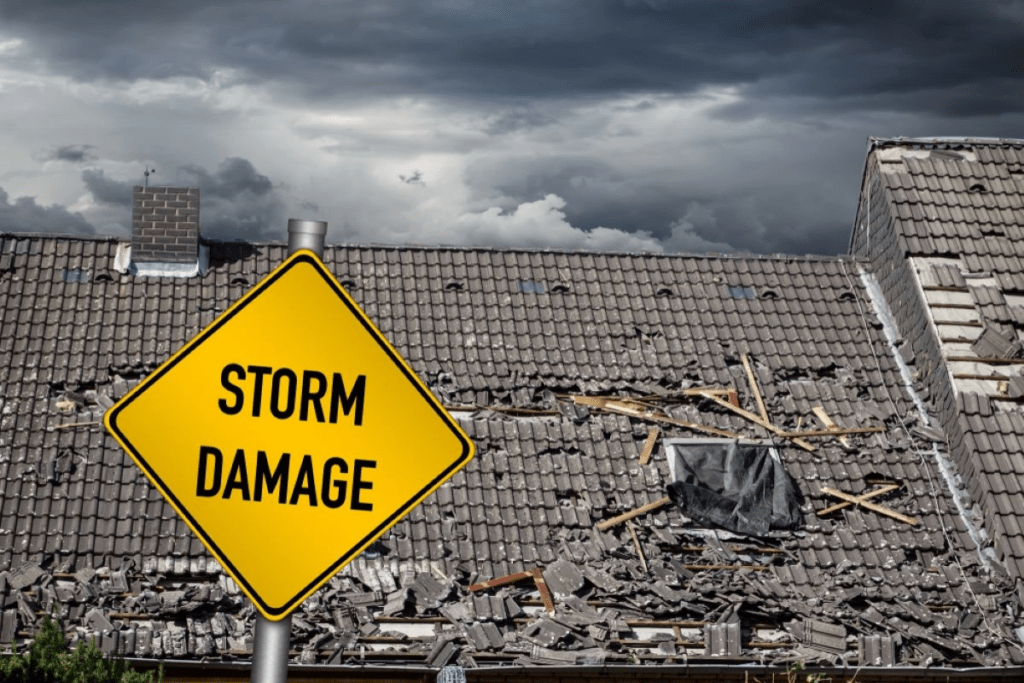
By gaining insight into the effects of hail on different roofing materials and knowing how to identify and address damage promptly, homeowners can protect their investment and maintain the structural integrity of their homes.
Understanding Hail Roof Damage
Hail comes in various forms, from small hail falls to larger hail hits and even golf ball-sized projectiles. Despite their differences in size, all types of hail can cause significant damage to residential roofs, leading to costly repairs if left unchecked.
How Hail Affects Different Roofing Materials?
The impact of hail varies depending on the type of roofing material used. Asphalt shingles, commonly found on many Houston homes, are particularly vulnerable to hail damage, often experiencing granule loss and cracks. Metal roofing, on the other hand, may dent or become dislodged under severe hailstorms.
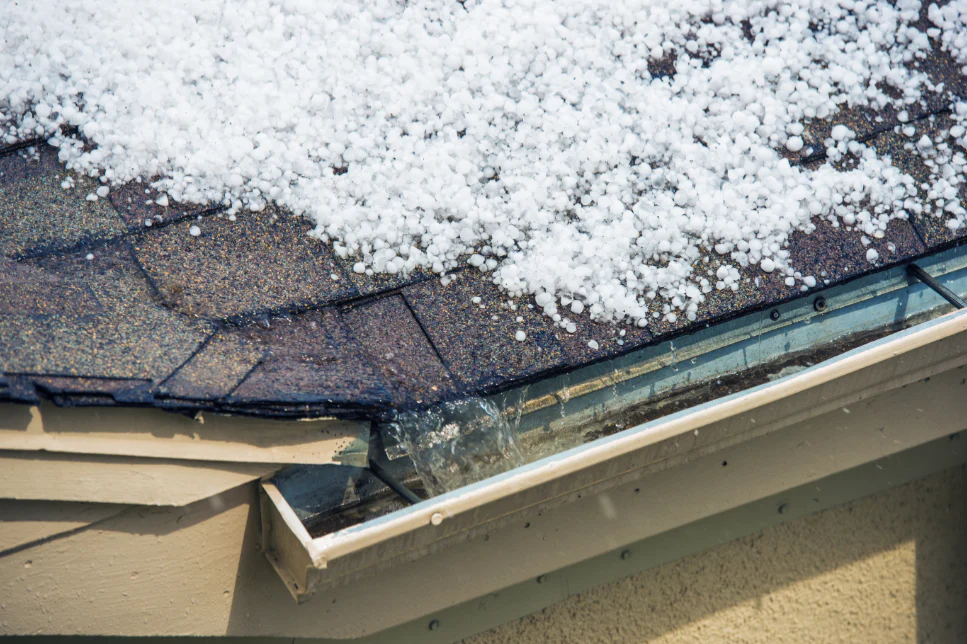
Wood shingles can split or crack upon impact, while vinyl siding may exhibit signs of denting or cracking. Distinguishing between normal wear and tear and hail damage is essential for homeowners when assessing the condition of their roofs and determining the appropriate course of action.
The Insurance Claim Process for Hail Damage
Navigating the insurance claim process for hail damage can be daunting, but understanding the steps involved can help streamline the process. Begin by contacting your insurance company to report the damage and initiate a claim.
An insurance adjuster will then assess the extent of the damage and determine the coverage provided by your policy. It’s essential to maintain open communication with your insurance representative throughout the process, providing any necessary documentation or information they may require.
Be prepared to provide detailed documentation of the damage, including photographs and written descriptions. Keep records of all communication with your insurance company to ensure transparency and accountability throughout the claims process.
By following these steps and staying proactive in your communication with your insurance company, you can expedite the resolution of your claim and get the necessary repairs underway.
Common Challenges with Hail Damage Claims
While filing an insurance claim for hail damage, homeowners may encounter various challenges that can complicate the process. Storm chasers, unscrupulous contractors who prey on homeowners in the aftermath of severe weather events, may attempt to exploit the situation for their gain.
Additionally, insurance policies may have specific limitations or exclusions regarding hail damage coverage, leading to disputes over claims. Assessing the severity of damage can also pose challenges, especially in cases of extensive or severe damage.
It’s essential for homeowners to be vigilant and aware of these potential hurdles when filing a claim, seeking guidance from reputable sources and professionals to navigate the process effectively.
Identifying Signs of Hail Damage on Your Roof
After a hailstorm, it’s crucial to conduct a thorough inspection of your roof to identify any signs of damage. Look for missing or broken shingles, as well as dents or cracks in roofing materials. Pay close attention to shingle granules accumulating in gutters or around the perimeter of your home, as this could indicate hail damage.
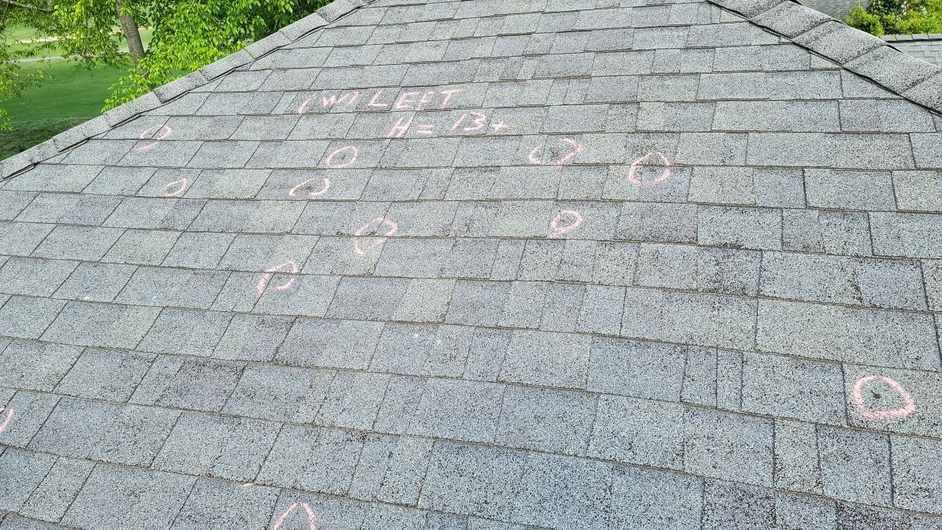
Additionally, check for signs of leaks or water damage inside your home, as these may be indicative of roof damage. Keep in mind that even small signs of damage can escalate if left unaddressed, so it’s essential to act promptly. Consider enlisting the help of a professional roofing contractor for a comprehensive inspection to ensure all damage is properly identified and addressed.
The Role of Professional Roofing Contractors
Choosing the right roofing contractor is crucial for ensuring that hail damage is properly assessed and repaired. When selecting a contractor, look for licensed and insured professionals with experience in handling hail damage repairs. Reading reviews from previous customers can provide valuable insights into the quality of service offered by a contractor.
Professional roofing contractors have the expertise and equipment necessary to conduct thorough inspections and accurately assess the extent of damage to your roof. By entrusting the repair process to a reputable contractor, you can have peace of mind knowing that your home is in capable hands.
Repairing Hail Damage: Practical Steps
Repairing hail damage to your roof involves several practical steps to ensure the integrity and longevity of your home’s structure. Begin by selecting the right roofing materials suited to withstand future hailstorms, such as impact-resistant shingles or metal roofing.
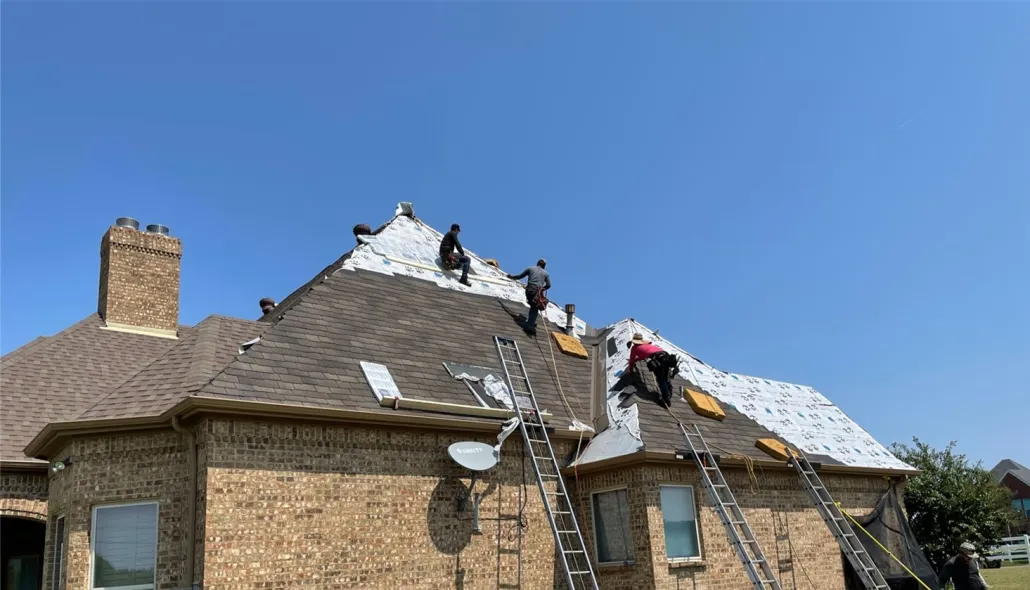
Next, choose a reputable roofing contractor with experience in hail damage repairs to perform the necessary work. It’s essential to address not only the roof but also other affected areas, such as gutters, siding, and any damaged property around your home.
By taking a comprehensive approach to repairs, you can mitigate further damage and preserve the value of your property for years to come.
When to Consider a New Roof
Determining whether to repair or replace your roof depends on several factors, including the extent of the hail damage, the age of your roof, and cost considerations. If the damage is extensive and compromises the structural integrity of your roof, replacement may be the most prudent option.
Additionally, if your roof is nearing the end of its lifespan or if repairs would be prohibitively expensive, investing in a new roof may provide long-term benefits and peace of mind. Consider consulting with a roofing professional to assess your options and make an informed decision.
Assessing Roof Hail Damage: Understanding the Impact of Hailstorms
Roof hail damage can result from the relentless force of a hail storm. These storms can wreak havoc on roofing materials such as asphalt shingles, causing granule loss and even breaking shingles. Identifying hail damage early is crucial to preventing serious damage to your roof.
Conducting a thorough roof inspection after a hailstorm can help homeowners identify signs of damage. It’s essential to look for granule loss, broken shingles, and other indicators of hail damage. By promptly identifying and addressing hail damage, homeowners can mitigate the risk of further damage and ensure the integrity of their roofs.
Fixing Roof Hail Damage: Importance of Timely Repairs
When it comes to fixing roof hail damage, timely repairs are essential. Delaying repairs can lead to more severe damage, increasing the likelihood of leaks and other issues. It’s crucial to address hail damage promptly to prevent further deterioration of roofing materials. Hiring a professional roofing contractor to fix roof hail damage is recommended to ensure the repairs are done correctly.
These experts can identify hail damage, assess the extent of the damage, and recommend appropriate repairs. By taking swift action to fix roof hail damage, homeowners can protect their investment and maintain the structural integrity of their homes.
Dealing with Insurance Adjusters: Navigating the Claims Process
After discovering roof hail damage, homeowners often need to work with insurance adjusters to file claims. Insurance adjusters play a crucial role in assessing the extent of the damage and determining coverage. When dealing with insurance adjusters, homeowners should provide documentation of the hail damages and be prepared to answer any questions about the extent of the damage.
It’s essential to work closely with insurance adjusters to ensure accurate assessments of roof hail damage. By collaborating with insurance adjusters, homeowners can expedite the claims process and secure the coverage needed to repair their roofs.
Assessing Roof Damage After a Hailstorm
After a hailstorm, it’s crucial to inspect your roof for signs of damage, including storm damage and hail hits. Look for visible indicators such as broken or damaged wood shingles and any break shingles that may have occurred due to the impact of hail.
If you suspect damage but aren’t sure, it’s best to consult with a professional roofing contractor who can provide a thorough assessment. By identifying and addressing hail damaged roof promptly, you can prevent further deterioration and ensure the longevity of your roof.
Repairing Wood Shingles: Tips and Considerations
Wood shingles are particularly susceptible to damage from hail and other environmental factors. If your roof has sustained storm damage or hail hits that have affected the wood shingles, it’s essential to address the issue promptly.
Look for signs of break shingles or other damage, and enlist the help of a qualified roofing contractor to assess the extent of the damage. Depending on the severity, repairs may involve replacing individual shingles or sections of the roof. By prioritizing the repair of wood shingles, you can protect your home from further damage and maintain its aesthetic appeal.
Choosing the Right Roofing Material: Preventing Future Hail Damage
Selecting the right roofing material is essential for preventing future hail damage. Asphalt shingles are a popular choice for roofing material, but homeowners should also consider impact-resistant options. These materials are designed to withstand the force of hailstorms, reducing the risk of roof hail damage.
Investing in high-quality roofing materials can save homeowners from the headache of costly repairs due to hail damage. By choosing the right roofing material, homeowners can protect their homes from the destructive force of hailstorms and ensure the longevity of their roofs. One important consideration, even with robust roofing types such as metal roofs, is whether these structures require gutters to effectively manage rainwater.

